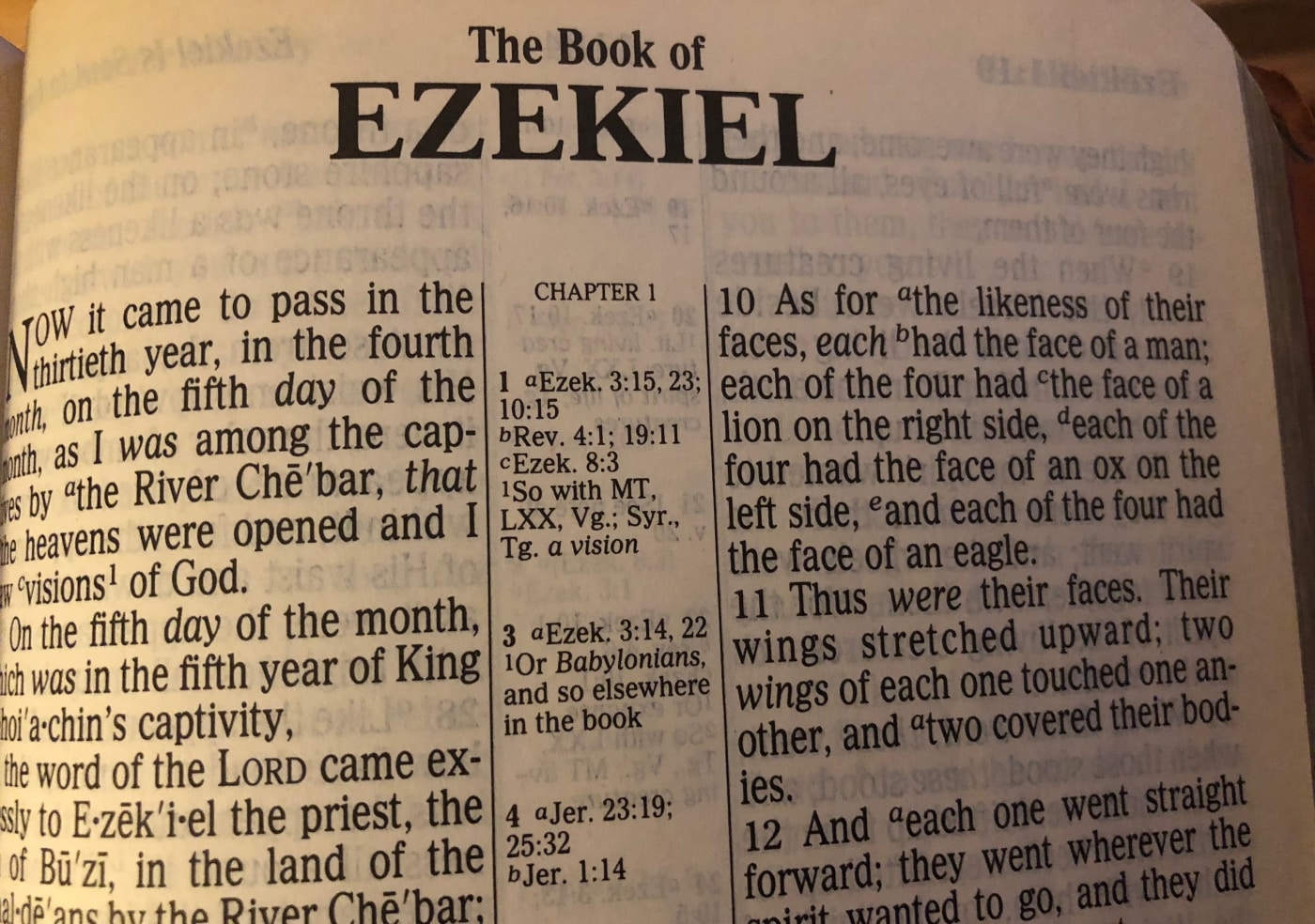 The epistle of Second Timothy is considered to be one of Paul’s most personal letters. He is writing during his second and final imprisonment to his trusted and beloved son in the faith. Paul knows his execution is imminent. His concern is not for himself, but for Timothy, who must continue in the spiritual battle. His theme, “the good soldier of Jesus Christ” follows that of first Timothy, “Fight the good fight” (1Ti 1:18; 1Ti 6:12).
The epistle of Second Timothy is considered to be one of Paul’s most personal letters. He is writing during his second and final imprisonment to his trusted and beloved son in the faith. Paul knows his execution is imminent. His concern is not for himself, but for Timothy, who must continue in the spiritual battle. His theme, “the good soldier of Jesus Christ” follows that of first Timothy, “Fight the good fight” (1Ti 1:18; 1Ti 6:12).
Gene Cunningham - September 25, 2003
Ezekiel #16

Outline of Ezekiel Chapter 17: (1) Revelation - "the great eagle" (Eze 17:1-10); (2) Interpretation (Eze 17:11-21); (3) Application (Eze17:22-24). The "eagle with colored feathers" refers to Nebuchadnezzar and Babylon (Eze 17:3). "Lebanon" is a figure for the royal house of Israel - the cedars of Lebanon were used in constructing the palace and temple (1Ki 7:2, Jer 22:23). The "topmost young twig" refers to Jehoahchin Eze 17:4 (also "Coniah" - God pronounced a blood curse on Him). They went without a King for many years (Hos 3:4, Joh 19:15, Mat 23:39). Matthew carries the lineage of Joseph; Luke has the lineage of Mary; these show the solution to the Coniah curse. Zedekiah was Babylon's puppet King of Israel "planted in a fruitful field" (Eze 17:5-6). The other eagle is the Pharaoh of Egypt (Eze 17:7).
Scripture References: Ezekiel 17:22-24, Matthew 23:39, Ezekiel 17:11-21, John 19:15, Ezekiel 17:1-10, Hosea 3:4, Ezekiel 17:4, Jeremiah 22:23, Ezekiel 17:7, Ezekiel 17:3, Ezekiel 17:5-6
From Series: "Ezekiel - 2002"
Ezekiel's vision of God's glory effected his life.

